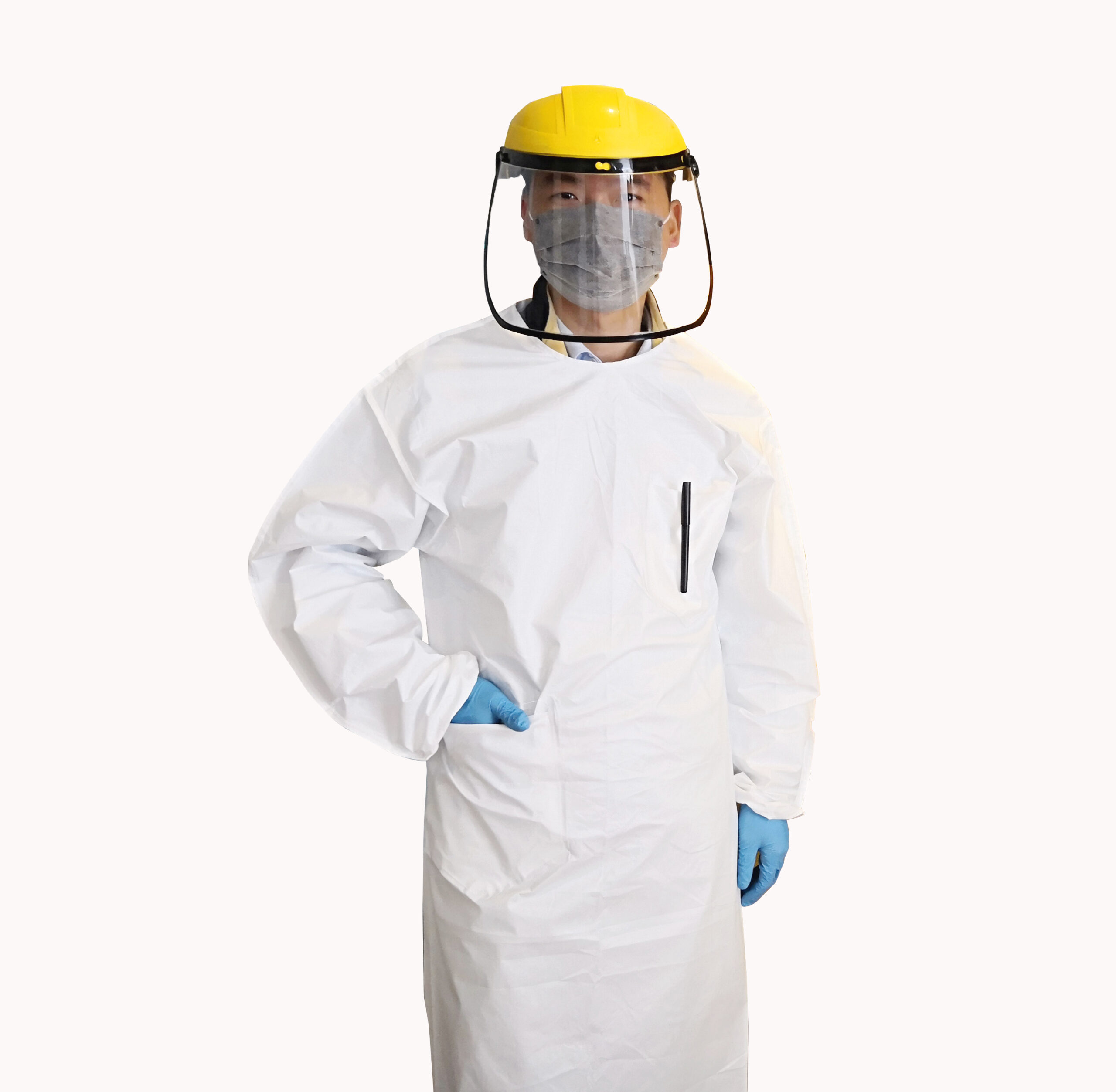There are many types of personal protective equipment, covering a wide range, and correct selection is a prerequisite to ensure the safety and health of producers. In 1989, my country promulgated the national standard (GB11651-89) for the selection of labor protection equipment, which provided a basis for the selection of personal protective equipment. The selection of personal protective equipment should be based on the following principles:
(1) Determine the job category and select personal protective equipment according to the working environment and nature;
(2) Equipped with personal protective equipment in accordance with relevant national laws and regulations (“Labor Protection Equipment Standards (Trial)” issued by the State Economic and Trade Commission on March 6, 2000);
(3) Personal protective equipment with production license and safety identification certificate should be purchased. Special personal protective equipment has safety shoes, labor protection shoes, safety helmets, safety belts, safety nets, dust masks, insulating shoes, professional shoes, filter gas masks and filter tanks, welding goggles and face shields, and anti-impact eye protection , Flame-retardant protective clothing, anti-static overalls, acid-proof overalls, toe protection safety shoes (leather safety shoes and rubber-faced anti-smashing safety boots), anti-static shoes, conductive shoes, acid and alkali resistant shoes (boots), insulated leather shoes, Low-voltage insulated rubber shoes, puncture-proof shoes and other products are subject to a production license system. The production of these products cannot be produced without a license, and a “safety identification certificate” must be affixed to the product. When purchasing, you should check whether there are “two certificates”, if not, it is an illegal product, and the quality may be a fake and inferior product that does not meet the requirements of the standard.
(4) Regarding the period of use and the principle of scrapping. The service life of personal protective equipment is determined by many factors, and is closely related to the environmental conditions of the workplace, the frequency of equipment use, and the material of the equipment itself. Take the distribution of safety helmets by factories and mines in a province as an example. The slab work in the steel rolling mill of metallurgical operation is issued every 36 months, while the cold work is issued every 48 months; while in coal operations and civil engineering operations It is usually issued once every 24 months; in the geological industry, it is issued once every 12 months for pit explorers, installers, drillers, and sampling workers. Generally speaking, the use period should consider the following three principles:
①The degree of corrosive operation (according to the wear of different operations on the product can be divided into heavy abrasion operations, medium abrasion operations and light abrasion operations), which reflects the working environment and working conditions;
②The condition of wear and tear (according to the degree of reduction in the protective function of the product, it can be divided into vulnerable wear, moderate wear and tear and mandatory scrap), which reflects the protective performance of the product;
③Durability (can be divided into durable, medium-durable and non-durable), which reflects the product material status. For example, flame-retardant protective clothing made of high-temperature-resistant flame-retardant fiber fabric is better than flame-retardant fabric treated with flame retardant The flame-retardant protective clothing is durable.
Personal protective equipment shall be scrapped when it meets one of the following conditions and shall not be used as personal protective equipment.
①Does not conform to national standards or industry standards or local standards.
②Failure to reach the functional indicators specified by the superior safety production supervision and management agency in accordance with relevant standards and regulations.
③Damage during the use or storage period or exceed the effective period of use, and fail to meet the original minimum index of effective protection function after inspection.





